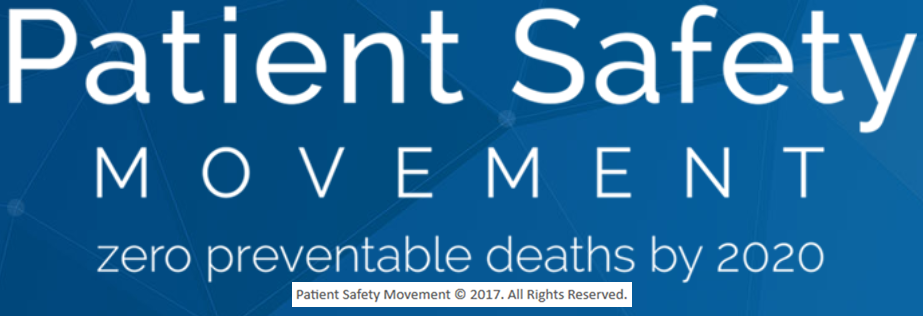
N.B. — This post is based on one of the continuously expanding roster of Actionable Patient Safety Solutions (APSS) a.k.a. “Challenges” as defined and described by the Patient Safety Movement Foundation (PSMF) and published at its web site (http://patientsafetymovement.org/challenges-solutions/actionable-patient-safety-solutions-apss/). Because the Foundation has set a goal of Zero Preventable Patient Deaths by 2020 (http://patientsafetymovement.org/), these APSS are understood to represent the most significant patient safety exposures created by medical mistakes, and medical mistakes are the third most frequent cause of patient deaths following heart disease and cancer (http://www.bmj.com/content/353/bmj.i2139).
“Failures of airway management (e.g., unplanned extubation, failure to intubate) are major causes of inpatient morbidity and mortality. The following steps will establish an institutional, team-based, comprehensive and sustainable system for reliability in airway management.
- Assemble a core multidisciplinary leadership team to advance airway safety, including:
- ED, ICU, Hospitalist, and Anesthesiology Physician Leader.
- ED, ICU Nursing Leaders.
- Respiratory Therapy Leaders.
- QA/Safety Leadership (VP or higher level).
- Establish the need for improvement by examining current vulnerabilities, using known and simulated complications and difficult cases, along with key statistics.
- Create the vision of institution-wide reliability for airway management safety through standardization of best practices, policies and procedures.
- Under the leadership of a physician anesthesiologist, develop a comprehensive airway toolkit method (e.g., the Safer Airway Bundle1). Start implementation in the ED and ICUs, and then move to floor units and other departments. Include the following Key Components: Failed Airway Path, Airway Cart, Airway Checklist, Quality Assurance, and Team Training:
- Implement Safer Airway Essential Components, as described in Appendix A.
- Require tracking and reporting of “near misses” and complications of airway management. Identify adverse outcomes that are iatrogenic and preventable. Use these case data in medical staff educational sessions to prevent recurrences, as a part of Continuous Quality Improvement (CQI).
- Provide periodic airway management education for all care providers. This will include: identification of airway problems, selection and use of appropriate intervention, and understanding when and how to call for expert assistance (e.g. from Anesthesiology).”
The foregoing quote constitutes the “Executive Summary Checklist” from the above-captioned PSMF APSS Challenge #9 (http://patientsafetymovement.org/challenge/airway-safety/). “Require tracking and reporting of ‘near misses’ and complications of airway management. Identify adverse outcomes that are iatrogenic and preventable ….” can be facilitated by a CHARTSaaS-built application a.k.a. “app” that facilitates “… Continuous Quality Improvement (CQI) …” a.k.a. continuous process improvement (CPI). Please validate this proposition to your own satisfaction by reviewing the details of the Cloud Healthcare Appliance Real-Time Solution as a Service (CHARTSaaS) and its reference architecture in these presentations, and then by imagining a CHARTSaaS-enabled IT solution: